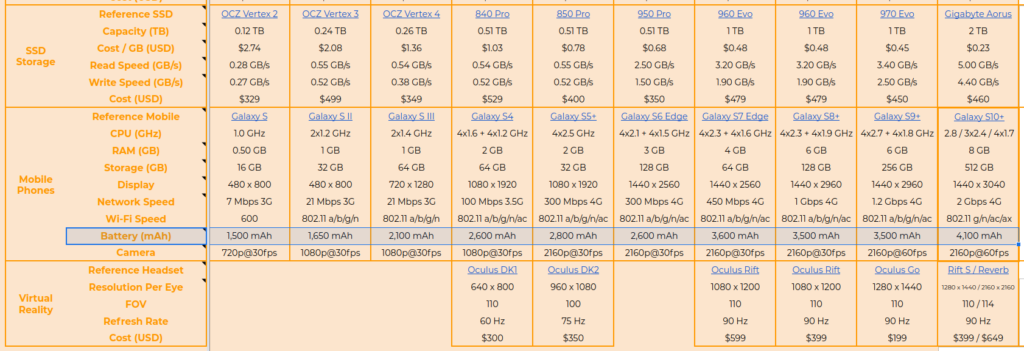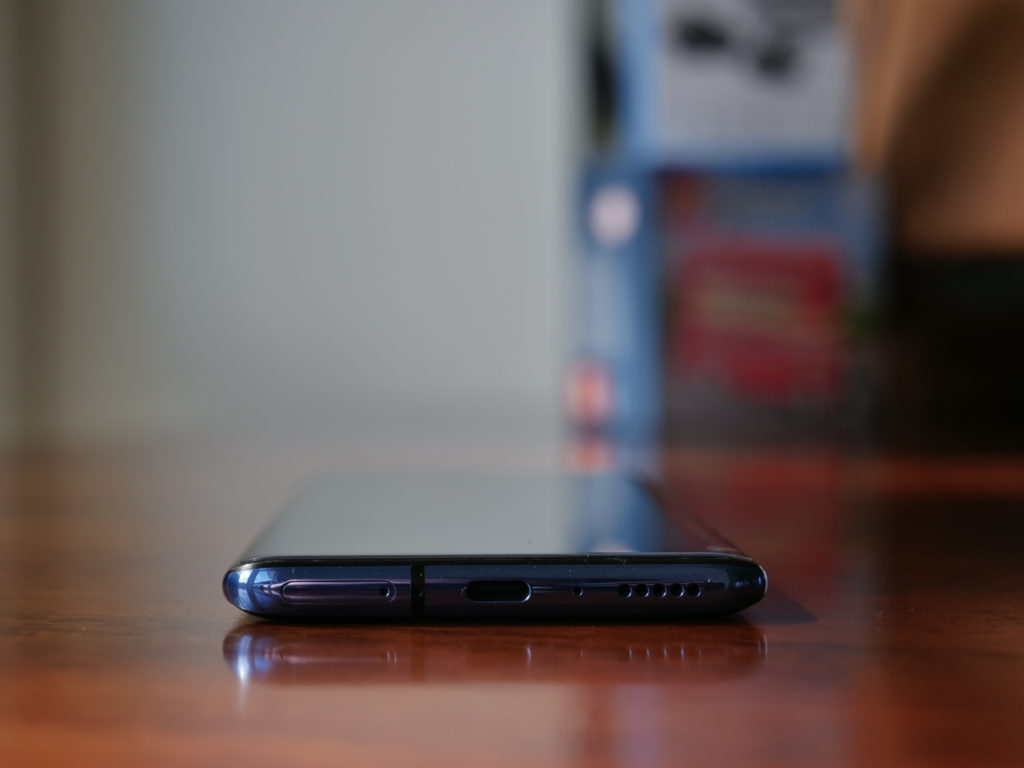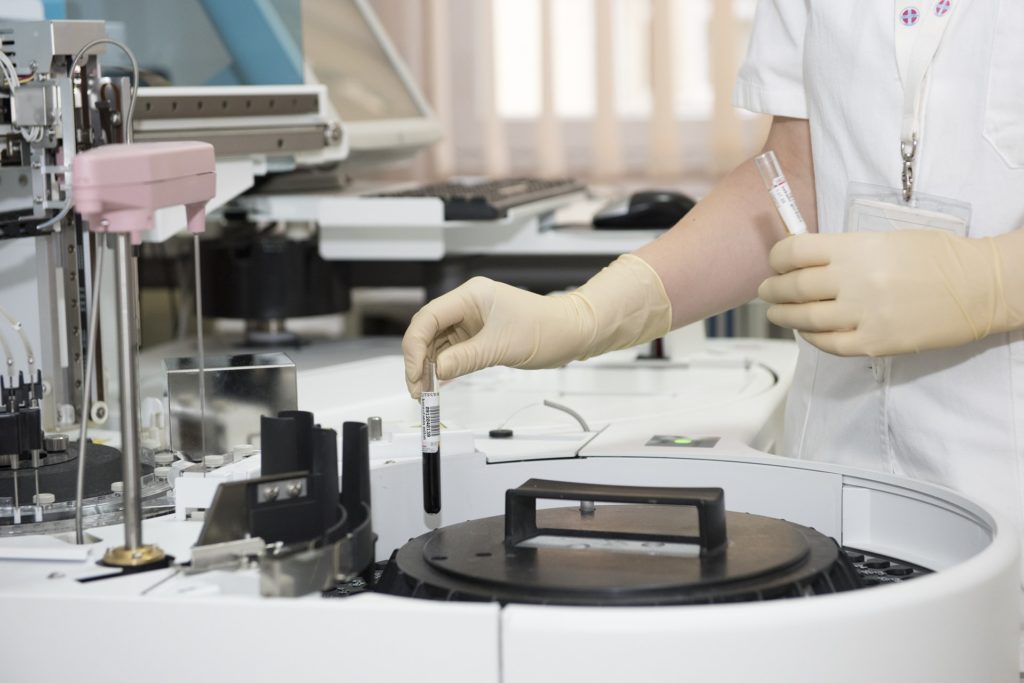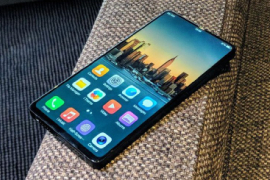Everyone hates having their phone battery die slowly over the day. It doesn’t matter if you spend $100 or $1,000 on your phone it still won’t last much longer than 1-1.5 days… if that.
There are a few niche ones out there with weirdly huge batteries in them but for the most part the best money can buy – in phones you’d actually want – is currently around the 4,000 mAh mark. Luckily though it looks like things might be changing soon…
Battery Tech Is Improving

To start with I should point out that battery tech is and always has been improving at a pretty great rate. If we check out the awesome Technology Forecaster sheet we can see that battery sizes have increased at around 10% CAGR over the period of 2008 -> 2018.
A 10% CAGR is pretty damn sweet and I’d happily have that being applied to almost any technology as it means it’ll double every 7 years. The original Galaxy S phone from Samsung had a 1,500 mAh battery in it. Now the same equivilant flagship – the S10+ – sports a 4,100 mAh battery. That’s a 2.73x improvement over 9 years!
The reason this quite fantastic improvement rate seems to basically just be standing still is because all the other components of phones have gone bonkers since the 2010’s. If we take that same Galaxy S to Galaxy S10+ comparison for instance, we see network speeds have gone from just 7 Mbps to 2,000 Mbps or a 285x increase!
Similarly RAM has gone from 500 MB to 12,000 MB (24x), storage has gone from 16 GB to 1,024 GB (64x) and let’s not even look at the cameras or displays! Point is, whilst battery tech has improved it just hasn’t been able to keep pace with every other tech getting packed into smartphones.
Goodbye Lithium

Well now we’re starting to hear rumours from the serial leaker Evan Blass that “Samsung is hoping to have at least one handset either next year or in 2021 which will feature a graphene battery”.
Graphene batteries have been discussed here before, specifically in my Mobile Phones Of The Future – 2020-2025 piece where I mentioned that it would be the wild card and could very likely crop up in that 2020-2025 period.
Now it looks like Samsung will quite likely be delivering on that prediction and taking full advantage of the other big plus of graphene batteries, which is their superior charging rate.
Capable of a full charge in under a half-hour, they still need to raise capacities while lowering costs.
Evan Blass
Obviously phones that can fully charge 0-100% in under 30 minutes would be great but I think the more headlining feature will be its overall capacity. Previous investigations into graphene batteries indicate that due to their much larger energy density we could be looking at a potential doubling of battery size or around 8,000 mAh assuming the same size battery is used.
That’s a big “if” though as Samsung – like Apple – is notorious for wanting their devices to be the thinnest ever. So they may choose to do a bit of both and slightly increase it to say 5,000 mAh whilst reducing the thickness of the phone.
They’ll still be limited by the thickness of other components though. It might also not be possible to reduce the thickness much more due to the actual main chassis’ rigidity. The last thing they’d want is a Samsung version of Apple’s bendgate!
Great To See Innovation

Whatever Samsung ends up doing and however much improved their new graphene battery is over the current lithium ion tech it’s fantastic to see major companies still pushing hard to innovate.
OnePlus has done an awesome job basically beating out Samsung at their own screen game with the OnePlus 7 Pro, foldable phones are forcing their way onto the scenes, 5G is coming on board as planned giving us some truly mind boggling speeds of 1.5+ Gbps and now one of the core components might get a supercharge to it too.
Personally I was getting worried that every phone would just turn out to be the same black glass slab that companies have been pumping out more and more of recently. Hopefully by 2021/2022 we can instead get foldable 10 Gbps 5G phones with 10,000 mAh batteries that last 3-4 days, shoot 8K video and maybe have even cooler gadgets on them like the Pixel 4’s Soli radar sensor.
What future innovations would you like to see in phones? More CPU cores? eSIM’s? Dual USB Type-C connectors? A molecular spectrometer? Let us know in the comments below!
The benefits include: 1) How to get those silky smooth videos that everyone loves to watch, even if you're new 2) How to fly your drone, from taking off to the most advanced flight modes 3) Clear outlines of how to fly with step-by-step instructional demonstrations and more 4) Why flying indoors often results in new pilots crashing their drone 5) What other great 3rd party apps are out there to get the most out of your drone 6) A huge mistake many pilots make when storing their drone in the car and how to avoid it 7) How to do all of these things whilst flying safely and within your countries laws.





